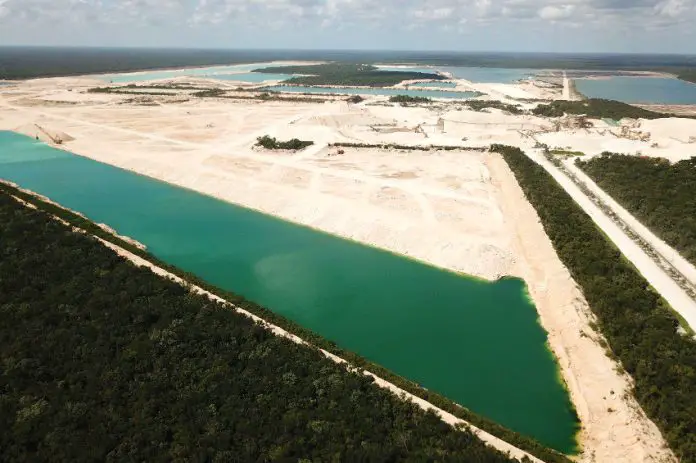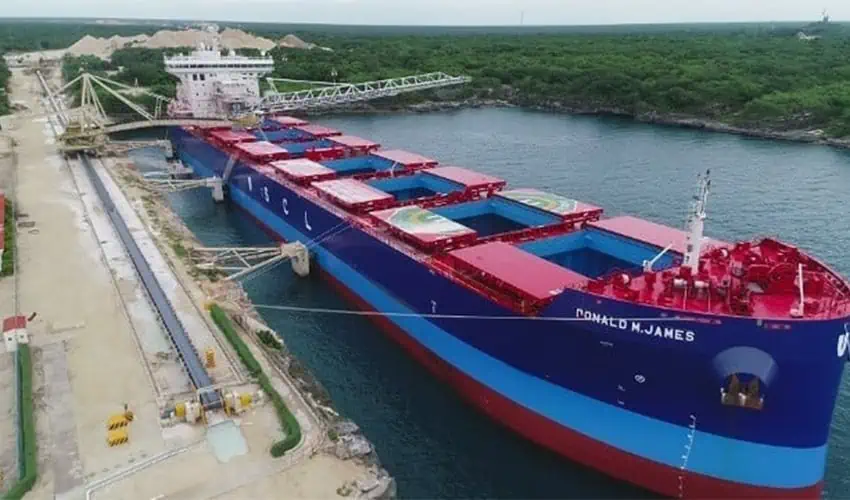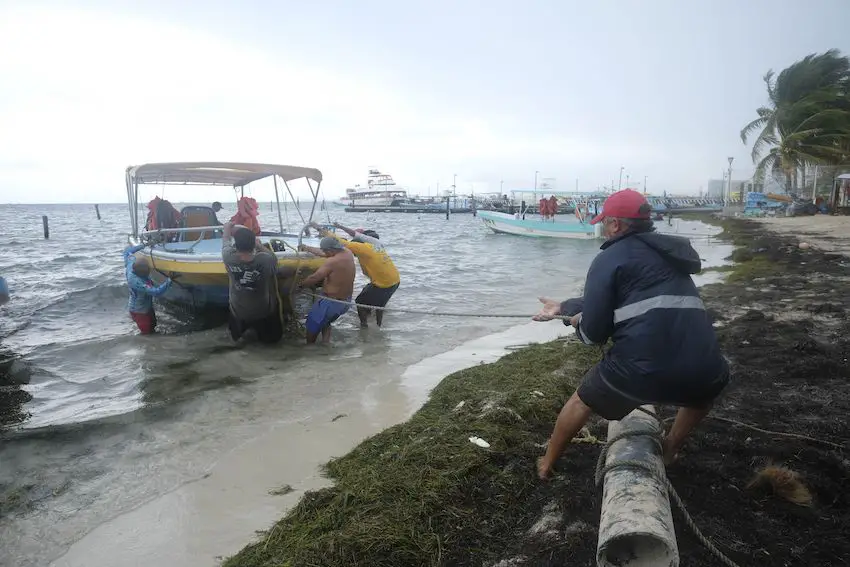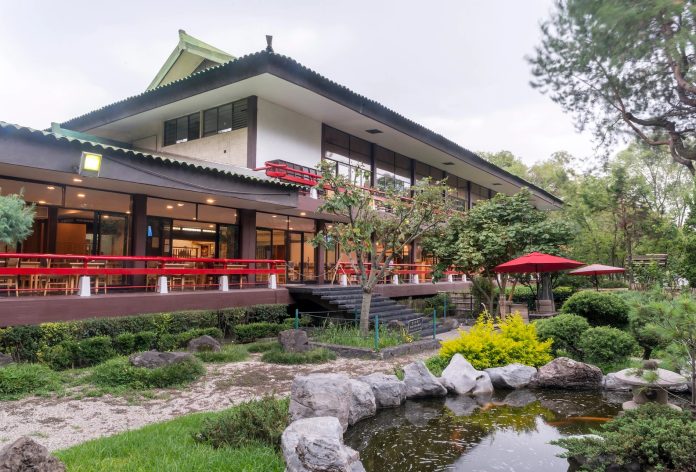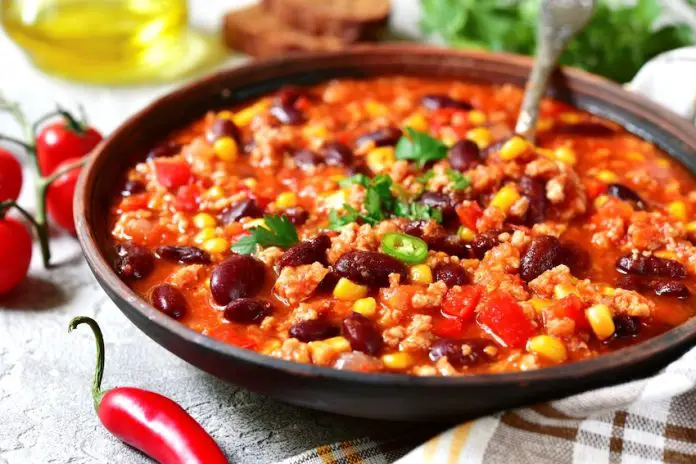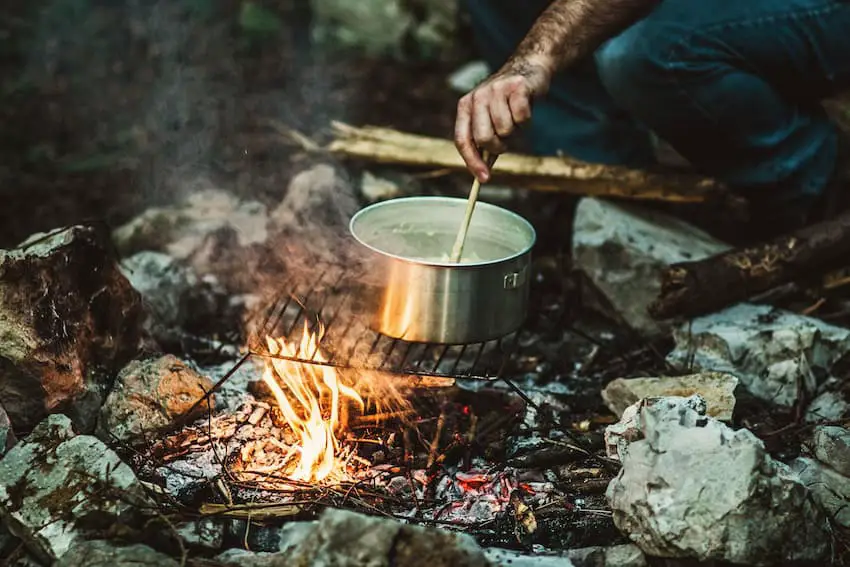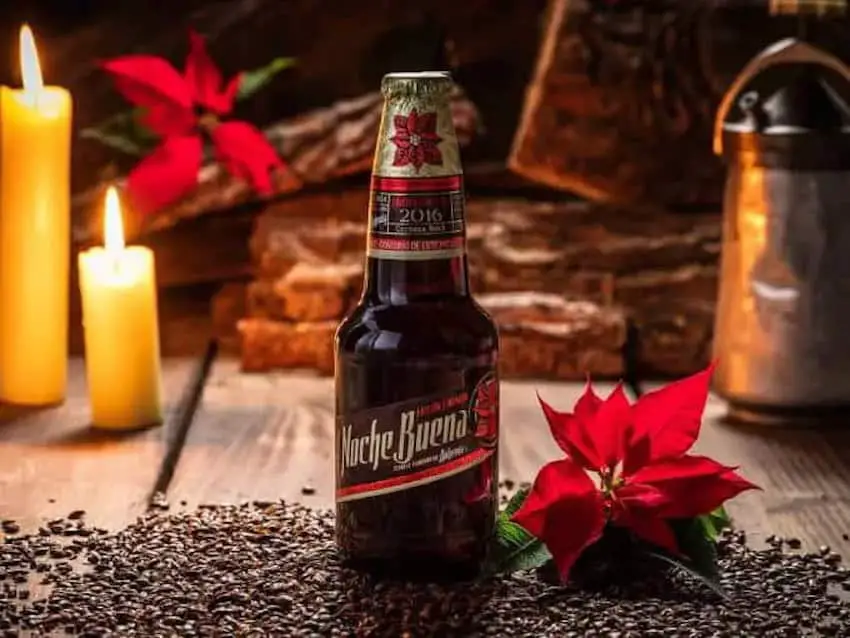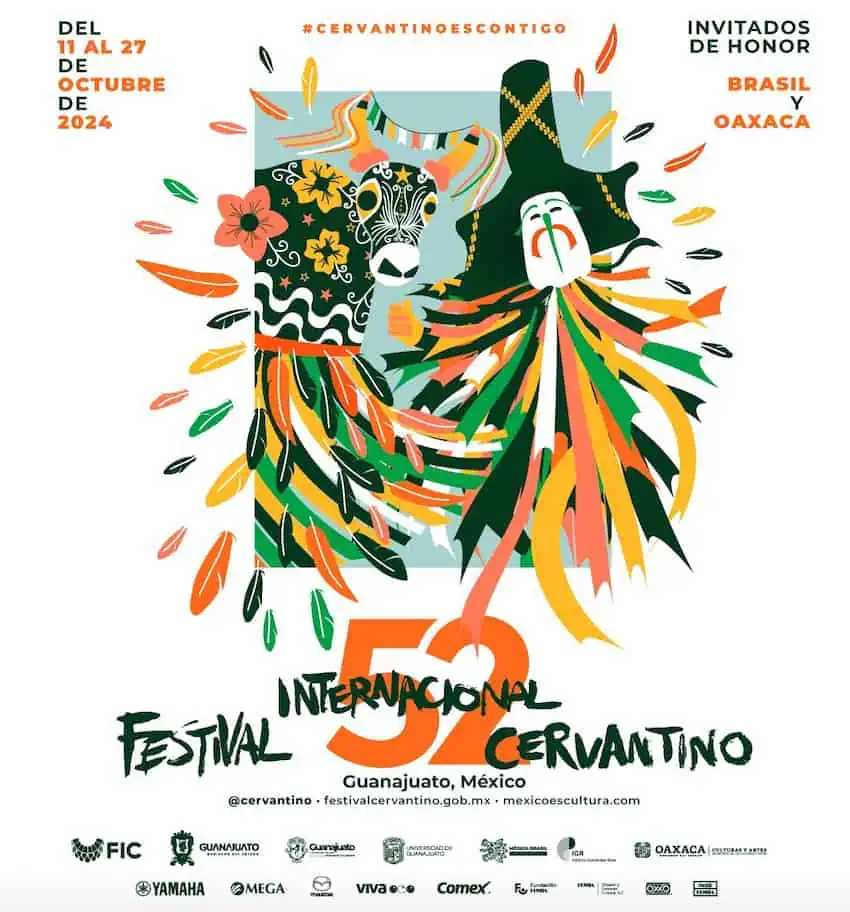Microsoft plans to invest US $1.3 billion in Mexico over the next three years to enhance Mexico’s AI infrastructure and promote digital and AI skills, Microsoft CEO Satya Nadella said during a keynote speech Tuesday at the Microsoft AI Tour 2024 event in Mexico City.
La inversión de Microsoft permitirá aumentar nuestras capacidades en inteligencia artificial rápidamente. Ya son 38 años de trabajo conjunto Microsoft y México, vienen 6 más !!! pic.twitter.com/Cg6UeftENV
— Marcelo Ebrard C. (@m_ebrard) September 24, 2024
A clip of Microsoft CEO Satya Nadella’s speech at the Microsoft AI Tour 2024 event at Mexico City’s Citibanamex Center.
“We are entering a new era of AI with the promise to create inclusive economic growth and opportunity across every role, industry, and country, including in Mexico,” Nadella said. “Our investments in AI infrastructure and skills in Mexico will help ensure people and organizations across the country realize the benefits of this technology shift.”
Nadella said Microsoft wants to democratize access to AI skills and reach 5 million people in Mexico through the Artificial Intelligence National Skills program, which he also announced at the Microsoft AI Tour 2024 stop.
The initiative aims to improve connectivity and encourage AI adoption by 30,000 small and medium-sized businesses (SMBs), enabling them to update their business practices, enhance their market competitiveness, expand their reach to potential customers and prepare for integration into international supply chains.
In his speech Tuesday at Mexico City’s Citibanamex Center, Nadella shared successful examples of AI adoption in Mexico: companies like Grupo Bimbo and Cemex have adopted AI to streamline their internal operations, he said.
Microsoft also highlighted an example of AI use in education in Mexico, at the Tec de Monterrey, which used Microsoft technology to develop TECgpt, a generative-AI platform used by students, professors and administrative employees at the university.
“This is great news for our country,” incoming Economy Minister Marcelo Ebrard tweeted in a post on the social media platform X after meeting with Nadella at the Tuesday event.
A video in Spanish with English subtitles made by Microsoft, profiling how Tec de Monterrey uses an internal generative-AI platform created with Microsoft.
In addition to the investment, Microsoft said the company will also address health, connectivity, and sustainability challenges in Mexico.
“Today’s announcement demonstrates Microsoft’s trust and commitment to Mexico supporting inclusive economic growth in the country,” Rafael Sánchez Loza, general manager of Microsoft México, said. “With this, we are empowering individuals, companies, and society to enhance innovation and democratize the use of AI.”
In May, Microsoft inaugurated its new Hyperscale Cloud Data Center Region in Querétaro, the first data center of its kind in Spanish-speaking Latin America.
Mexico News Daily



